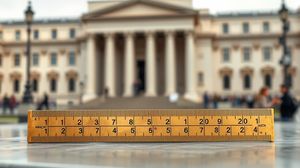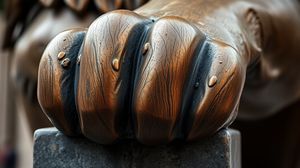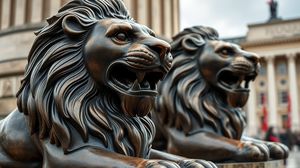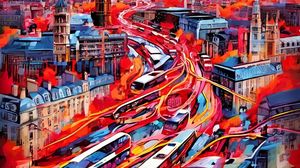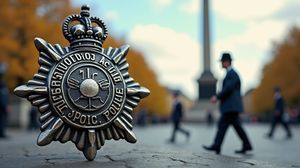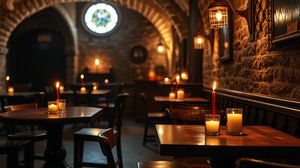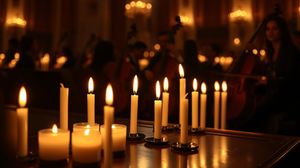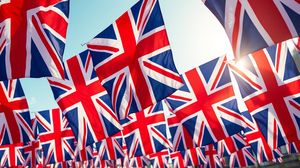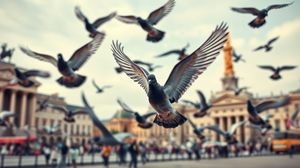
Trafalgar Square, located in the heart of London, is one of the city's most vibrant and lively public spaces. It is named to commemorate the Battle of Trafalgar, a significant British naval victory in the Napoleonic Wars in 1805. The square is a central meeting place and is renowned for its cultural events and ceremonies.
The centerpiece of Trafalgar Square is Nelson's Column, a towering monument erected in honor of Admiral Lord Nelson, who led the British to their victory at the Battle of Trafalgar. The column stands over 50 meters high and is guarded by four iconic bronze lion statues created by artist Edwin Landseer.
One of the most fascinating aspects of Trafalgar Square is its connection with pigeons. At one point, the square was famously home to thousands of these birds, so much so that feeding the pigeons became a popular tourist activity. However, bird feeding was eventually banned to preserve the cleanliness of the area.
Trafalgar Square is also home to the Fourth Plinth, which is a unique art project showcasing a rotating series of contemporary sculptures. Originally intended to host an equestrian statue, it remained empty for over 150 years before being transformed into London's most famous public art space.
The square houses several fountains, which add to its charm and have an interesting historical twist. The original fountains were installed in the 1840s but were replaced and updated in the 20th century to include energy-efficient LED lighting, making them a stunning sight, especially in the evening.
An interesting aspect of Trafalgar Square is its role as a social and political hub. The square has been the site of numerous protests, demonstrations, and celebrations, including the annual New Year's Eve festivities, Chinese New Year celebrations, and St. Patrick's Day parades.
Flanked by architectural marvels, Trafalgar Square is bordered by the National Gallery, which houses an impressive collection of Western European paintings, and St Martin-in-the-Fields, a historic church known for its music program and notable concerts.

Making the Most of Your Visit:
Try visiting Trafalgar Square early in the morning or later in the evening when it's less crowded. This is the perfect time to get up close to the famous bronze lion statues without too many people around.
If you're a fan of art, don't miss the dynamic Fourth Plinth. The sculptures rotate every couple of years, so there's often something new and intriguing to see. Plus, they offer a great point of debate about modern art.
Keep an eye out for the hidden details around the square. Take a closer look at the bases of the statues, which often contain inscriptions or intricate designs you might not notice at first glance.
If you're visiting during winter, check if the Norway spruce Christmas tree has been set up. This is an annual gift from Norway as a thank you for the UK's support during World War II, and it's lovely to see it all lit up.
Directly across from Trafalgar Square, the National Gallery offers free admission. It's a great opportunity to step in and appreciate centuries of art, especially if you need a break from the hustle and bustle outside.

Visiting Times & Costs:
Trafalgar Square is open to the public 24 hours a day, and it is free to visit. There are no entry fees required to access the square, including its monuments and features such as Nelson's Column and the Fourth Plinth.
Regarding accessibility, Trafalgar Square is generally accessible for visitors with mobility issues. The area is largely flat with ramps and smooth surfaces facilitating ease of movement for wheelchair users. However, it's recommended to be cautious around the fountains and statues, as some areas might have uneven surfaces.

Address & Map:

Nearby:
